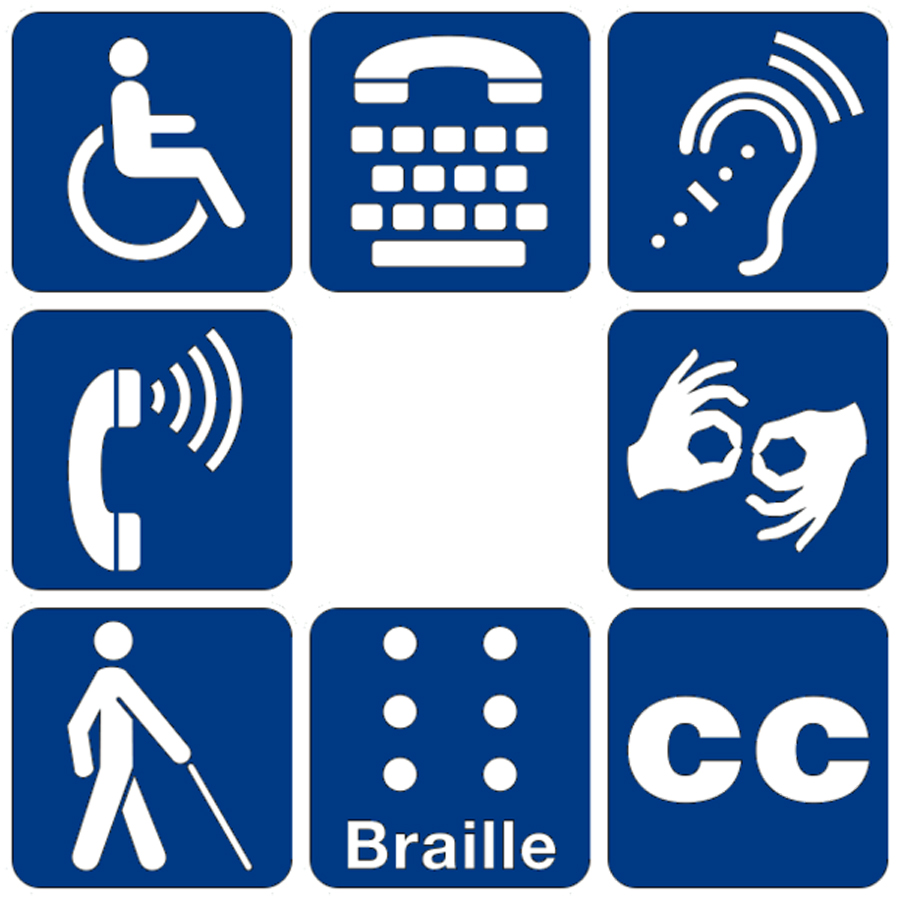Back to School, Back to Inclusion: Can Kenya Deliver on Disability-Friendly Classrooms?

As schools reopen this term, a critical question hangs in the air: are our institutions truly ready to embrace every learner—including those with disabilities?
Kenya has some of the strongest inclusive education policies in Africa. The Basic Education Act (2013) recognizes learners with special needs and obligates the State to provide appropriate facilities, staff, and materials.
The Persons with Disabilities Act prohibits denying admission based on disability, requiring schools to make reasonable adjustments. In 2018, the Ministry of Education introduced the Sector Policy for Learners and Trainees with Disabilities, explicitly placing inclusive education at the heart of the system.
But despite the sound policy framework, the everyday experiences of learners with disabilities tell a different story.
Barriers in the classroom.
Many schools still lack step-free routes, ramps, and accessible washrooms. Too few teachers are trained in Braille, Kenyan Sign Language (KSL), or inclusive pedagogy. Exam accommodations are improving, but cases of mis-registered candidates or late medical reports continue to delay support. Specialized learning materials remain scarce, and many schools struggle with data gaps that leave learners invisible in the planning process.
This gap between policy and practice isn’t abstract—it is a child struggling to enter a classroom, a deaf learner isolated without a KSL interpreter, or a candidate disadvantaged during national exams.
What inclusion should look like.
An inclusive Kenyan school is one where:
1. Classrooms, libraries, and washrooms are physically accessible.
2. Teachers are trained to differentiate instruction, with at least one staff member fluent in KSL or Braille where needed.
3. Assistive technologies—from screen readers to hearing aids—are available and maintained.
4. Individualized Education Plans (IEPs) are in place, reviewed regularly with parents and learners.
5. Exam accommodations (extra time, adapted papers, readers) are practiced well before test day.
The way forward
For Kenya to fulfill its constitutional promise of free and inclusive education, three steps are urgent:
1. Budget for accommodations – Ramps, readers, accessible toilets, and adapted materials must move from wish-lists to budget lines.
2. Teacher capacity – Training in inclusive pedagogy, KSL, and Braille should be scaled up, with incentives for teachers posted to schools with learners with disabilities.
3. Exam readiness – Schools must register accommodations early with KNEC and integrate them into daily learning, not as a last-minute intervention.
The bigger picture
Inclusion benefits everyone. Classrooms designed with flexibility—visual aids, clear instructions, safe spaces—lift learning outcomes across the board. Peer mentorship and inclusive sports build empathy and resilience. A truly inclusive school prepares learners to participate in society on equal terms.
This term, as learners return, we must move beyond token ramps and slogans. Inclusion is not charity—it’s justice, it’s a right, and it’s a smart investment. The door to education in Kenya should open wide enough for every child.
Tags: AssistALL Editor's Pick


